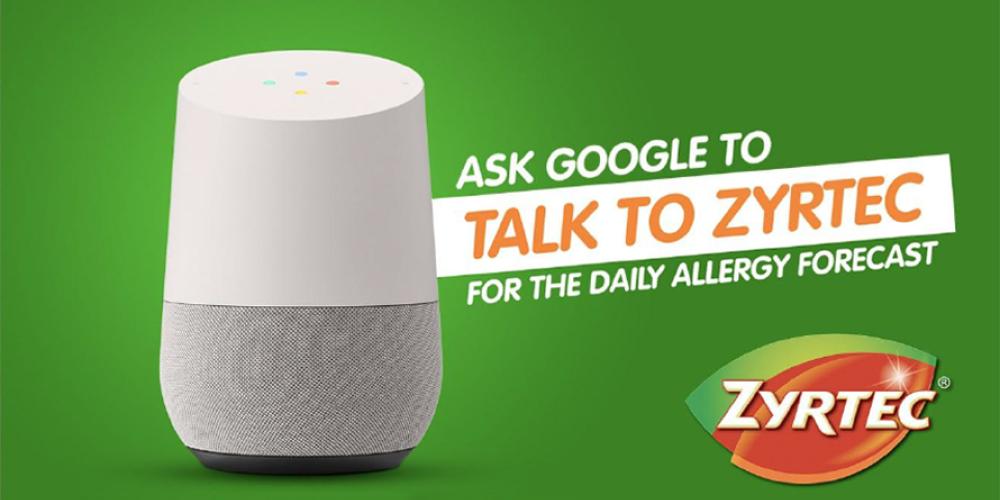More Than Weather and News: Voice Assistants Are Making Their Way Into Marketing

Voice assistance is certainly not a novel technology. Since it was first brought to life in 2011 by Apple, through Siri, the artificial intelligence world continued to undergo intensive development and innovation to bring us voice assistant home devices like Google Home and Amazon's Alexa. Voice assistance and search is widely adopted by families and parents more than non-parents, due to its versatility and organizational capabilities when it comes to keeping up with their busy routines. But what is only perceived as a device that tells us about the weather and today's top news highlights is actually much more, and companies like Google are attempting to show that by increasing awareness around voice-activated shopping.
Although voice-activated shopping is still in its early stages of development and adoption, it is exciting to see how different brands are using the technology to their advantage. For example, allergy medicine Zyrtec rolled out a voice assistant option integrated into Google Home that provides an 'allergy forecast' covering specific pollen levels personalized to a consumer's allergy. Timely and very useful to those with allergies, the brand is surely going to leave a mark among relevant consumers and secure its place as their go-to allergy medicine.
It's exciting to see how this new technology is unfolding in different areas of marketing. But the question of how DR and voice technology can collaborate is one we never thought we could even formulate. However, in one of its first instalments earlier this month, this seemingly bizarre combination was successfully brought to life through a collaboration between Google Assistant and Target. Here's how they did it.
The idea was simple and rooted in DR practices; a $15 coupon off of a customer's Target order of choice. To marry this with voice assistance and show how dynamic the device can be, Google only made the coupon redeemable through Google Express; a shopping service accessed through Google Assistant. Google Express helps customers make a purchase using only their voice while in proximity with a Google Assistant device. Users who wished to use the coupon simply said "spring into Target" to their Google Home Assistant after their shopping cart is ready–yes, they the entire shopping process is voice activated on Google Home.
This stint was essentially done to raise awareness and educate consumers about this feature in Google Assistant, after recognizing the gap between voice assistance and purchasing. But the union of the common coupon with something so advanced like voice search shows the lengths that DR can adapt and conform to new technologies instead of being completely replaced. Voice assistants are already so far ahead of their time when it comes to artificial intelligence and understanding human interaction. This little collab between Google and Target opens many doors for other brands to follow through with their own take on the feature.
Could this pave the way for Google Assistant to recommend a product to a user based on their data, previous or current search queries? Is a new advertising platform on the cusp of being born here? For instance, if a Google Assistant user is asking their device about how they can get cat hair out of their couch, will marketers be able to tap into this moment of potential purchasing to program a product recommendation through Google Express? It is not unlikely that we may see a similar take on that in the future of Google Assistant, as it keeps developing.
In fact, last March Google Assistant was reminding users of Disney's Beauty and the Beast opening in theatres, as part of its rundown of daily news. So, we may not be very far from integrating similar marketing messages in Google Home devices for e-commerce businesses. Provided an ecommerce site is present on Google Express, they can very well fashion a Zyrtec-like collaboration between their products and Google Home to reach and engage their target consumer, and influence a purchase.

